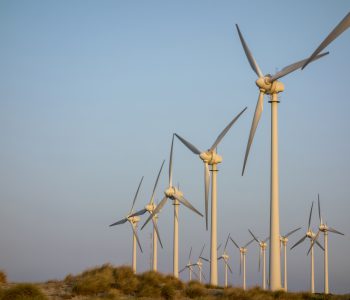Skip to contentPublic procurement professionals often need to ask themselves, “Should we innovate, or can we use our traditional sourcing methods more effectively?” Many state central procurement offices have answered “Both!” to this question with much success.
Innovation continues to be a buzzword. We often hear calls for government innovation and rethinking public procurement, especially due to budget constraints or to keep up with the fast pace of innovation in technology.
Innovation can mean implementing new or better solutions. These could include changes as simple as a facelift to a traditional procurement method, adopting a new approach such as modular procurement, simplified multi-step bidding, communications with the supplier community prior to issuing a procurement opportunity or allowing the state to test new technologies before procuring them. Sometimes, the most innovative ideas come from procurement professionals in the trenches who work closely with stakeholders and can offer helpful feedback.
$180 billion – that is the estimated economic loss the United States will experience by the end of the century if no action is taken on climate change. States are increasingly interested in implementing sustainable purchasing practices and can often use their unique geographical locations and physical attributes to their advantage. Thinking creatively is key when diving into the world of sustainable purchasing, and in this post, we will explore some of the ways states are setting exceptional benchmarks in the pursuit for clean and storable energy.
In 2016, the “House Bill to Promote Energy Diversity” was signed by Massachusetts lawmakers. This bill, in part, directed utility companies to solicit offshore wind contracts by June 2017, requiring output every two years of at least 400 megawatts (MW) each. Each megawatt is equal to one million watts, which means that each MW can translate into power for hundreds of thousands of homes, depending on usage. Massachusetts’ ultimate goal is to generate 400 MW of storable wind energy, every two years, off the coast of Martha’s Vineyard by placing wind farms in federally-owned waters.
 Procurement Methodologies
Procurement Methodologies  Procurement Methodologies
Procurement Methodologies  Procurement Methodologies
Procurement Methodologies  Green Purchasing
Green Purchasing